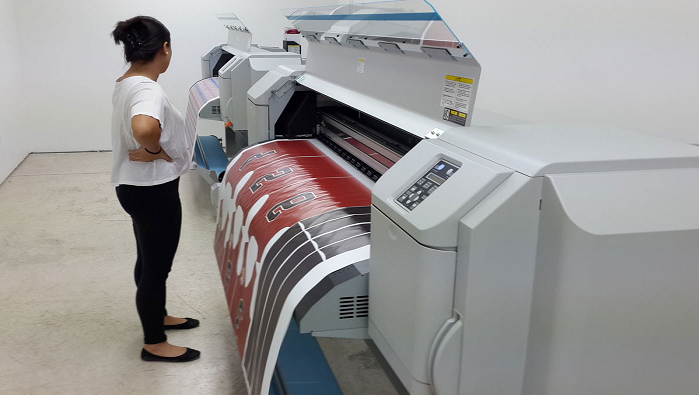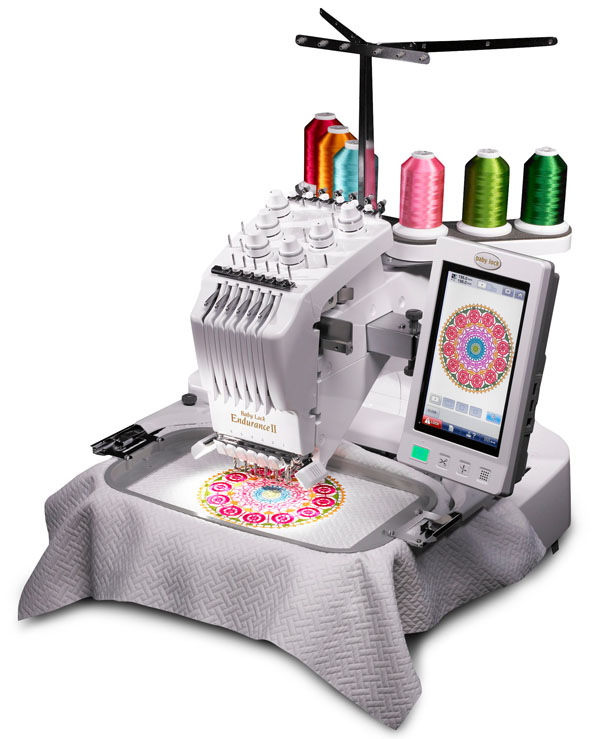
Sublimated Prints – Sublimation printing on fabric offers an exciting avenue for creating vibrant, long-lasting designs on textiles. Whether you’re producing custom apparel, personalized textiles, or decorative fabric items, mastering this technique requires attention to detail and adherence to best practices. Here are eight expert tips to help you achieve stunning results when sublimating onto fabric:
1. Choose the Right Fabric:
The choice of fabric is crucial for successful sublimation printing. Opt for fabrics that are either made entirely of polyester or have a high polyester content. Polyester fabrics provide a smooth, uniform surface that allows sublimation ink to penetrate and bond with the fibers effectively. Fabrics with at least 65-100% polyester content are ideal for vibrant and durable prints.
2. Prepare the Fabric:
Proper preparation of the fabric is essential to ensure optimal print quality. Begin by pre-washing the fabric to remove any residual chemicals or sizing that may interfere with ink absorption. Once clean and dry, ensure that the fabric is flat and free of wrinkles before proceeding with printing.
3. Use High-Quality Sublimation Ink:
Invest in high-quality sublimation ink specifically formulated for use on fabrics. Quality ink not only ensures vibrant colors and sharp details but also offers excellent wash fastness, ensuring that the prints remain vivid and intact even after multiple washes. Choose ink that is compatible with your sublimation printer and fabric type for optimal results.
4. Calibrate Your Printer:
Proper calibration of your sublimation printer is essential for achieving accurate colors and consistent results. Calibrate your printer regularly using color management tools and calibration software to ensure that the output matches the intended colors. Adjust settings such as color profiles, ink density, and print resolution as needed to achieve the desired results.
5. Optimize Heat and Pressure:
When heat pressing the fabric, it’s crucial to optimize the heat and pressure settings for the specific fabric type and transfer method. Follow manufacturer guidelines for temperature and pressure settings, and conduct test prints to determine the optimal conditions for your setup. Proper heat and pressure ensure complete ink transfer and bonding with the fabric fibers, resulting in vibrant and durable prints.
6. Use Sublimation Transfer Paper:
Sublimation transfer paper acts as an intermediary between the printed design and the fabric, facilitating the transfer of ink onto the fabric surface. Choose high-quality sublimation transfer paper that is compatible with your printer and fabric type for best results. Print the design onto the transfer paper using your sublimation printer, then heat press it onto the fabric to transfer the ink.
7. Ensure Even Heat Distribution:
Proper heat distribution is essential for achieving uniform and consistent prints across the fabric surface. Use a high-quality heat press with even heat distribution to ensure that the entire design receives adequate heat during the transfer process. Position the fabric evenly on the heat press platen and apply even pressure to prevent any areas from being under- or over-pressed.
8. Allow for Cooling and Setting:
After heat pressing, allow the fabric to cool completely before handling or washing. This allows the sublimation ink to fully penetrate and bond with the fabric fibers, ensuring long-lasting durability. Once cooled, gently peel off the transfer paper to reveal the vibrant, crisp print underneath. Follow manufacturer guidelines for post-processing care, including washing and drying instructions, to maintain the quality of the prints over time.
By following these expert tips, you can achieve professional-quality sublimated prints on fabric that are vibrant, durable, and visually striking. Whether you’re a seasoned professional or a novice enthusiast, mastering the art of sublimation printing on fabric opens up a world of creative possibilities for customizing textiles with stunning designs.
Sublimated Prints: Difference between Fabric and Ceramic
When it comes to Sublimated Prints, the difference between fabric and ceramic lies in their ability to absorb and retain ink. Fabric, with its porous nature, readily absorbs sublimation ink, allowing for vibrant, long-lasting prints that seamlessly integrate with the material. In contrast, ceramics have a non-porous surface, requiring a special coating to facilitate ink adhesion. This coating acts as a primer, allowing the sublimation ink to bond with the ceramic surface under heat and pressure, resulting in durable, high-quality prints. Despite these differences, both fabric and ceramic substrates offer unique opportunities for creative expression and customization through sublimation printing.
Conclusion
In conclusion about Sublimated Prints : mastering sublimation printing on fabric opens up endless possibilities for vibrant and durable designs. However, for those seeking a tactile approach, our embroidery services offer intricate detailing and texture to elevate fabric customization projects. Whether through sublimation or embroidery, we’re committed to helping you bring your creative vision to life with quality and precision.
FAQs (Frequently Asked Questions)
Q1. Question: What type of fabrics are ideal for Sublimated Prints?
Fabrics made of polyester or containing a high percentage of polyester are ideal for sublimation printing due to their ability to effectively bond with sublimation ink.
Q2. Question: How can you ensure color accuracy in Sublimated Prints?
Regularly calibrating your sublimation printer and using high-quality sublimation ink are key steps to ensure color accuracy in sublimation printing.
Q3. Question: Why is proper heat and pressure crucial in Sublimated Prints?
Proper heat and pressure ensure complete ink transfer and bonding with fabric fibers, resulting in vibrant and durable prints.
Q4. Question: What role does sublimation transfer paper play in the printing process?
Sublimation transfer paper acts as an intermediary between the printed design and the fabric, facilitating the transfer of ink onto the fabric surface.
Q5. Question: How can embroidery services complement Sublimated Prints?
Embroidery services offer intricate detailing and texture, providing an alternative method to elevate fabric customization projects alongside Sublimated Prints.




